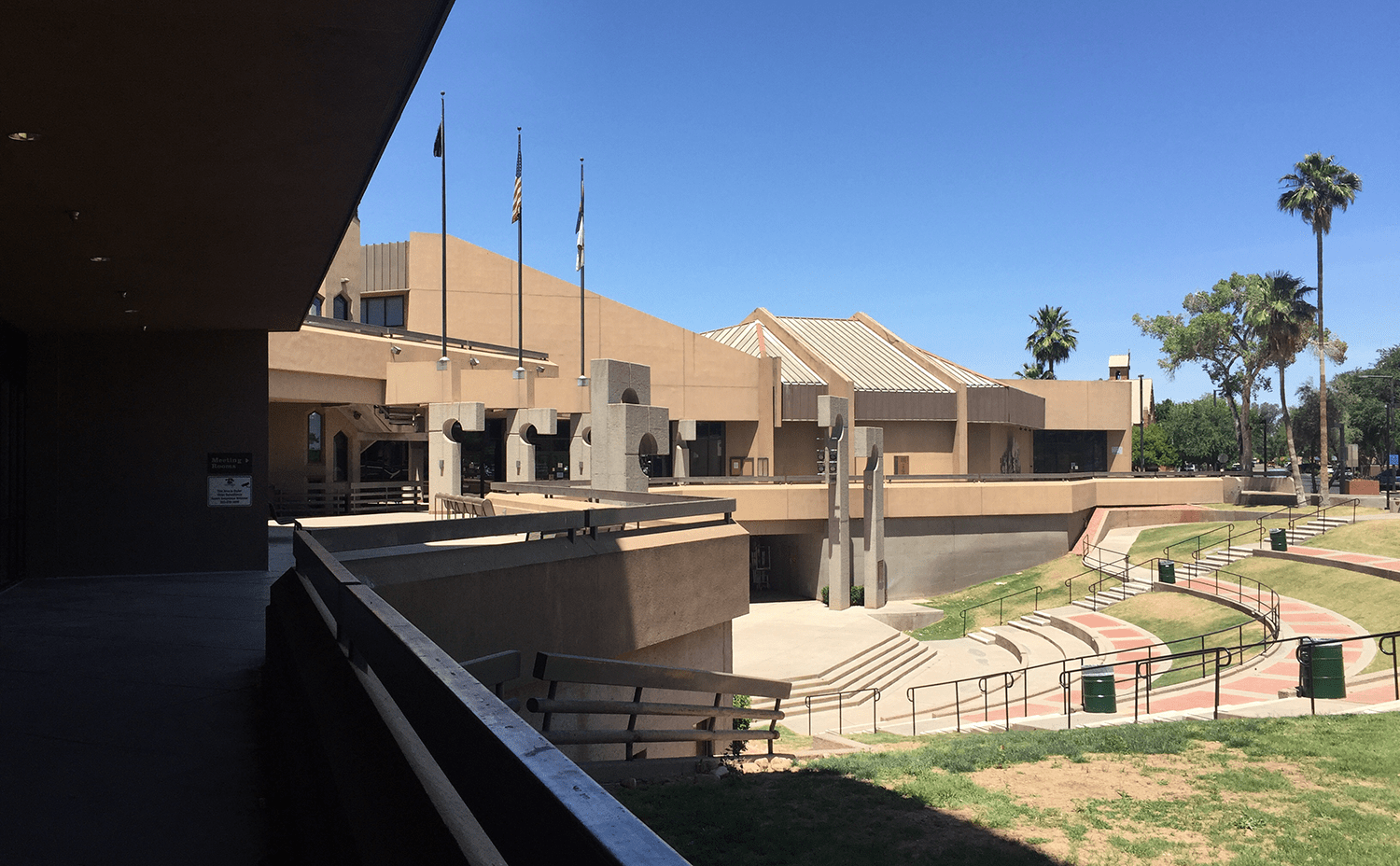Opening data about contracting
Case study

Like any city, Glendale uses contractors to provide many public goods and certain services, ranging from street light installation to maintaining commercial scales to leading youth programs at community recreation centers. Glendale’s procurement team saw an opportunity to help contractors more easily do business with the city by releasing open contracting data.
One service that Glendale routinely procures for is the maintenance and expansion of the city’s public infrastructure, as part of the implementation of capital improvement projects. The city budgeted $73 million for capital improvement plan (CIP) projects between 2017 and 2021. These projects provide essential services to current residents and support new growth and development. Improving procurement practices would help the city secure the best design, engineering, construction, and other relevant infrastructure services from the best contractors for the most competitive prices.
To that end, Glendale sought to make it easier for current and potential capital improvement vendors to identify project opportunities and prepare. Specifically, Sunlight and the Harvard Kennedy School’s Government Performance Lab (GPL) are supporting the city in publishing contextual data about upcoming or potential CIP projects so that both current vendors and vendors without previous experience doing business with Glendale, have more time to identify opportunities, build staff capacity, and make all general preparations needed to submit competitive bid proposals.
Glendale’s goals for contracting data
As Glendale was in the process of overhauling its contracting data management system, staff saw an opportunity to make sure vendors were included in discussions about which contracting data to make public and how it should be released to be most useful in supporting more and higher quality bids on city solicitations. Starting in the fall of 2017, Sunlight and GPL began working with Glendale to connect directly to vendors’ data needs and build toward a more accountable, transparent, and accessible contracting process supported by open contracting data.
Glendale’s story
Glendale’s choice to focus in on contracting came from an evaluation of resources and opportunities through the What Works Cities project. Sometimes choosing a focus area is a simple matter of narrowing in on a specific goal, in this case improving contracting, and investigating further to find how to better meet residents’ data needs.
Sunlight and GPL reached out to 68 vendors and interviewed 16. Interviewees included construction firms, consulting firms, engineering firms, or publishing firms, some of whom were already doing business with the city around capital improvement projects, and some of whom were market entrants. The interviews yielded a clear use cases centered around the information needs of different kinds of vendors during each stage of the procurement process: planning and pre-solicitation, solicitation, and contract and implementation.
Multiple contracting data users identified that Capital Improvement Projects were great opportunities for them as vendors and that it should be easier to plug into Glendale’s Capital Improvement projects in the planning and pre-solicitation stage. They expressed a need for clear, transparent information about upcoming projects that’s equally distributed to all vendors. Because some vendors mentioned that information asymmetry across bidders sometimes created the appearance of preferential treatment, Glendale agreed that addressing that issue by releasing CIP data to all vendors in a more user-friendly way might close any trust gaps and allow new entrants to bid on the city’s valuable CIP projects with all relevant information at their disposal.
Sunlight and GPL coordinated with the City Manager’s Office and the Finance Department to find raw data sources that included all upcoming CIP projects including as much information as possible pertaining to funding, expiration dates, and other logistics. Departments with unique procurement processes, like the Engineering Department also participated in preparing the data by adding contextual notes about the anticipated procurement method for each relevant CIP project.
Subsequently, Glendale reviewed its of data sources to identify datasets that were suitable for this endeavor. This was a crucial first step before moving forward with re-engaging stakeholders. Glendale then reached out to existing CIP contract holders, new applicants, and potential applicants to gauge the usefulness of the data sources they’re preparing. Through the administration of an online survey and interviews from a smaller group of individual vendors by Sunlight and GPL, we were will be to collect feedback on formatting and accessibility priorities, including metadata and other contextualizing documentation. Respondents reviewed sample CIP project data for the 2019 Fiscal Year and provided input that will to help co-create the plan for release (as of January 2018).
Following the TDE process:
1. Finding a focus area
The decision to focus on the procurement process and on contracting data came from thinking about city contractors as existing partners for whom the city’s data and evidence could be a valuable asset. Importantly the selection of procurement as a focus area also came from an awareness of open contracting as a proven opportunity for open data use, bolstered in part by Sunlight’s previous research conducted with the Open Contracting Partnership. Using this tactic to identify open contracting as a focus meant we could move quickly in jumpstarting the city’s TDE project.
2. Refining use cases
To determine how contractors might use open contracting data, we set out to learn as much as possible about the city’s contracting data environment and process flow. Sunlight and GPL first conducted a site visit, including interviews with city procurement staff to better understand the city’s contracting processes and existing conditions. We next conducted interviews with vendors who were registered to the city’s solicitation board and asked about their experience interacting with Glendale’s contracting process to observe where interviewees identified snags due to a lack of good information. This process for engaging with existing partners/vendors shows promise for replication in other cities that choose to work on open contracting as a focus. Following vendor interviews, Sunlight worked with GPL to develop a set of user personas to segment the vendors interacting with Glendale’s procurement process. By diving into each persona, identifying motives, and isolating specific data needs, Glendale will ensure that its improved procurement process is rooted in vendors’ real needs for information.
3. Designing a plan
After identifying capital improvement project vendors as specific personas in need of better information when interacting with Glendale’s procurement process, Glendale began working on finding a way to even-handedly begin incorporating vendor feedback into procurement data updates and releases. Glendale administered a public survey to CIP vendors to ask them about the effectiveness of data that would help any vendor identify potential contracting opportunities as early as possible instead of having to wait for the official solicitation in order to build project capacity.
Glendale chose to administer a public survey to ensure that the city’s engagement with potential CIP bidders remains equal and fair across vendors. The planning and intervention stages were open to any potential respondents. Vendors had a chance to look at the data and share whether the structure, format, accessibility, and content would actually improve their odds of using the data. To supplement the survey, Sunlight and GPL conducted phone interviews with vendors who were registered with the city, to obtain their personal observations about the dataset and its usefulness. With the information from the survey and the interviews, a set of recommendations was presented to Glendale, which is detailed here
The city aims to continue working with vendors to ensure this new method for data sharing improves contracting processes in the long-run.
4. Implementing an intervention
With the information gathered from the Design and Refine stages and with the recommendations provided, Glendale will now embark on implementing the intervention it has devised from this process. The city will proceed with publishing the upcoming CIP project dataset, along with contextual information, such as a data dictionary explaining the fields contained on upcoming capital improvement projects to assist CIP market entrants and relevant CIP vendors in identifying potential bid opportunities and preparing bids. The city will also seek to have the portal serve as a way to interact with vendors to receive questions and obtain feedback about their information needs.
Outcomes toward better open contracting
Supporting use cases around open contracting data will allow Glendale to improve the quality of its contracting process, build better relationships with vendors in the community, and offer more equal opportunities to local vendors by leveling the playing field with equal information. Sunlight’s support in facilitating a specific use case for open contracting data, capital improvement project data, will help Glendale to build a culture of openness and collaboration with the local vendor community moving forward. As Glendale is in the process of redeveloping its software system for managing contracting, iterating on these tactical approaches to facilitate the use of contracting data for additional use cases will help the contracting team continuously improve its processes with the vendor community.
Summary of key findings
Findings From User Research
Sunlight and GPL’s open data user research has uncovered the following findings relevant to the design and implementation of Glendale’s open contracting data:
- Overall, vendors respond to multiple solicitations in multiple jurisdictions and therefore expressed a desire for a simple and accessible procurement process, with all relevant details about a solicitation proactively available online. Clearly published contact information for the relevant purchasing agent was also a reported information priority.
- Vendors of all kinds noted that seeing the past contract language and pricing and the number of contracts held by different vendors could help inform their bid proposals as well as expose opportunities to partner with other vendors.
- In the pre-solicitation stage of the procurement process, CIP vendors wanted access to relevant contextual information, like the city’s project plans and budgets, so that they could better plan to respond to solicitations.
- CIP vendors, especially new market entrants, noted that familiarity with the city gave existing contractors a perceived information advantage that discourages new entrants from competing for CIP projects. More equal, proactive, online access to relevant contextual information would help build trust in the CIP procurement process and allow all vendors, especially new participants, to better prepare for upcoming solicitations on an equal playing field.
- During the solicitation stage, vendors need to be able to easily find solicitations relevant to their industry and access relevant City procurement documents in real time. Some desired more timely notifications for relevant solicitations, including responses, inquiries, and addenda.
- Some vendors reported that they most often search for solicitations via bid aggregation services and noted that the city should ensure that solicitations appear on external sites, along with relevant contextual information, as well as on the city website.
- Many vendors reported a preference for online bid submission. Engineering and architectural firms in particular noted they could spend thousands of dollars printing, assembling, and physically responding to CIP solicitations. Print submission also limits responses from out-of-town companies. An online submission process would also help the city collect structured contracting data for publication.
- Post contract award, vendors seek information relevant to the award selection methodology, including evaluation criteria, bid tabulations, lists of all respondents, and, most importantly timely access to the notice of contract award. Vendors reported that such feedback helps them decide on and improve future bid submissions and potential business partnerships with other vendors.
- Most vendors had no misgivings about the city proactively releasing procurement information, including information from their bid submissions, as open data because they already understood that information to be public through Arizona Public Records Law
The findings derived from the user research and user testing of this process will shape how Glendale designs its future vendor portal. The city is now armed with the knowledge that the improvements it will make the portal, will reflect the needs of users and move the city forward in easing use for new market entrants and current vendors. We look forward to hearing how the will further iterate from the information gathered here and apply the concepts of Tactical Data Engagement in their contracting process.

